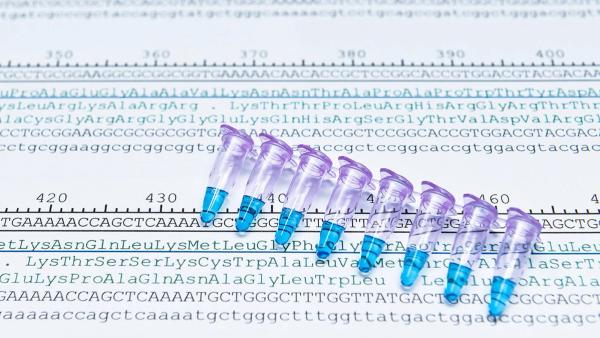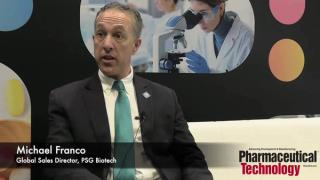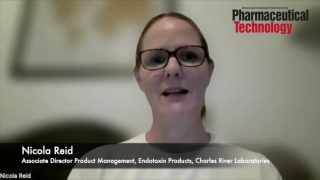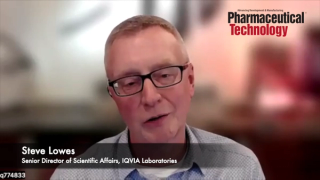
Analytics
Latest News
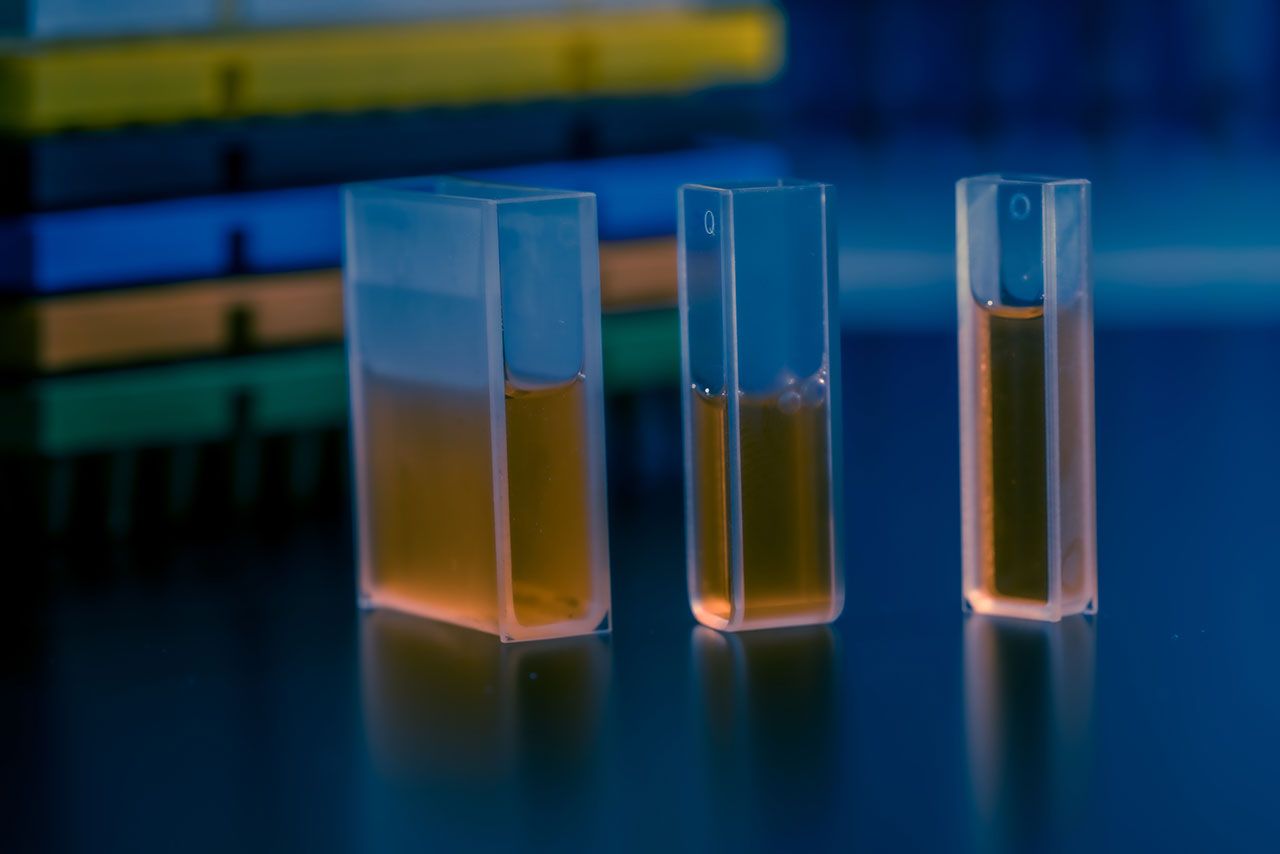
Latest Videos

Shorts
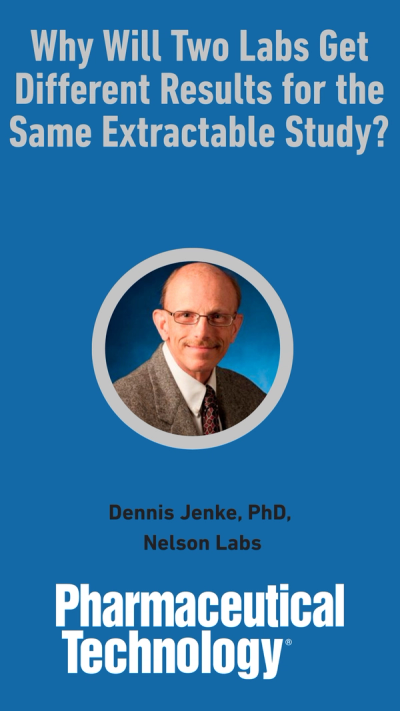
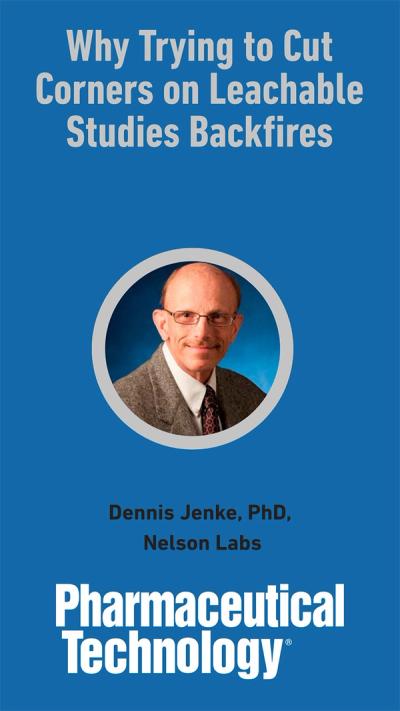

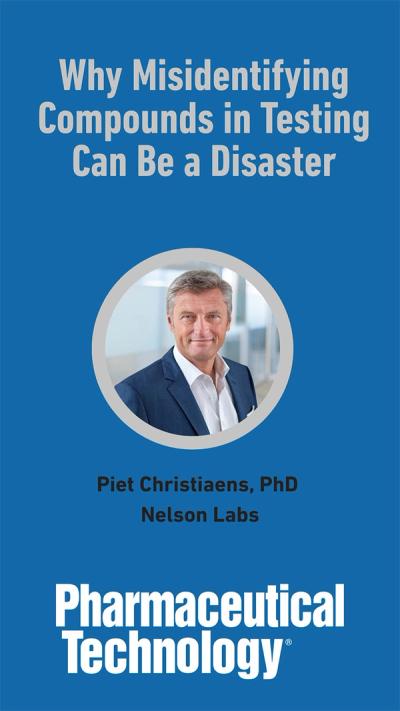
More News

In the conclusion of this three-part series, the author explores the potential use of agentic AI in pharmaceutical R&D.

In this continuation of a three-part series, the author explores the potential use of agentic AI in pharmaceutical R&D.

Advances in digital technologies offer effective data handling for bio/pharma manufacturing.

In a three-part series, the author explores the potential use of agentic AI in pharmaceutical R&D.

Bothe data integrity and quality of data are critical for drug discovery, manufacturing efficiency, regulatory compliance, and patient safety.

The laboratory services provider is responding to growing demand for packaging and microbiological testing by expanding its laboratory space at its Wiesbaden, Germany, facility.

Survey responses indicate that bio/pharma faces tariff-driven rising costs and supply strain, with firms aiming to boost compliance and diversification and seeking stable trade and R&D support.

The scaled adoption of cell and gene therapies demands a new era of agile, precise, and efficient quality control methods. Manufacturers and diagnostic partners must collaborate to create innovative, compliant testing strategies that preserve product integrity, meet tight timelines, and deliver life-saving treatments faster.

The company presented new data from its Alzheimer’s disease research efforts across its diagnostics and pharmaceutical portfolios at this year’s AAIC.

Help us get a better picture of how new tariffs and trade policy have impacted you and your organization.
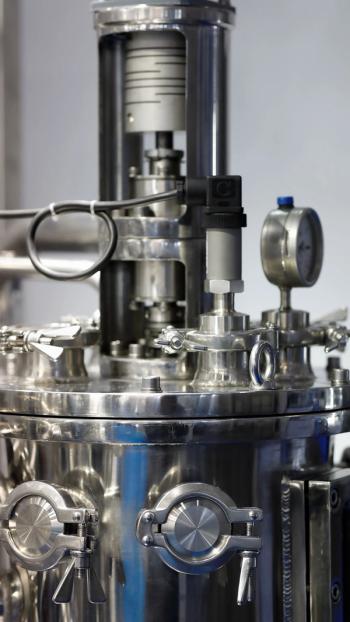
The authors performed interference and enhancement testing using a formulated alkaline and acid cleaner, as well as common biopharmaceutical process residues.

EMA is phasing out animal testing and is asking pharmaceutical companies to use new approach methodologies.

Artificial intelligence and machine learning can help identify complex patterns.

ICH Q6B provides expectations and a clear framework for the structural characterization of biopharmaceutical products.
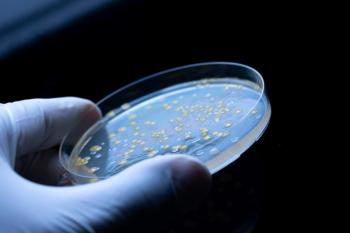
This article explores the impact of test volume, microbial distribution, and dilution errors on bioburden testing variability. It presents statistical approaches to estimate percentage error and discusses strategies to optimize microbial enumeration techniques in biopharmaceutical quality control.
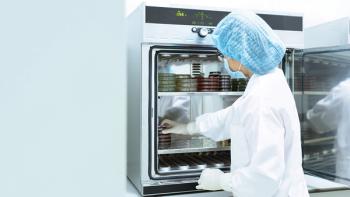
The shift toward personalized medicines poses new challenges in cleanroom protocols.

The authors examine the risks of extractables and leachables, and present solutions that emphasize the importance of a strategic, multi-prong approach.

The CytoFLEX mosaic Spectral Detection Module offers up to 88 channels for detection.

The ‘full tolerance coverage method’ is introduced as a coverage estimation approach for assessing the uniformity of dosage units from large sample sizes, ensuring that no dosage unit exceeds the specification range.

The company now performs product-sterility testing through rapid microbiological methods at two laboratory sites in the United States and one in Germany.

Xiao-Yan Cai, PhD, shares insights into her leadership style, the importance of motivation in the workplace, and how she balances repetition with innovation, discussing how hobbies and resilience uniquely shape her professional approach, emphasizing the value of perseverance and preparation in both science and life.

Developers save money and time while accessing expertise.

In this first of a four-part series, the authors provide an introduction to a practical approach for establishing specification equivalence. The regulatory basis and compliance examples from FDA observations and warning letters are included to support the need for an effective process.

The launch of Roche's cobas mass spectrometry solution will bring fully automated mass spec analysis to the clinical lab.

Automation technologies provide real potential to improve responsiveness and decision-making in drug development.





